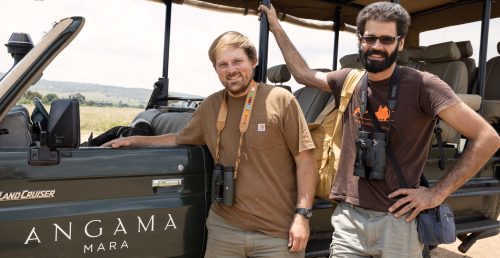
It was 23:45 when the alarms on our phones went off and we groggily rolled out of our beds ready for the start of our ‘Mammal Big Day’.
“What’s a Mammal Big Day?” I hear you ask. It’s the mammal equivalent of a Birding Big Day, which is when birders aim to identify as many species as they can in the wild in a 24-hour period – usually from 00:00 to 23:59 on the same day. It’s a shorter version of a Big Year, a concept that became more widely known after a Hollywood comedy with the same name was released in 2011, starring Jack Black, Steve Martin and Owen Wilson.
“Why do a Mammal Big Day?” is the inevitable next question. Our main motivation was to draw attention to the incredible biodiversity found in the landscape we would be journeying through – the Maasai Mara. And just because it would be a whole lot of fun.
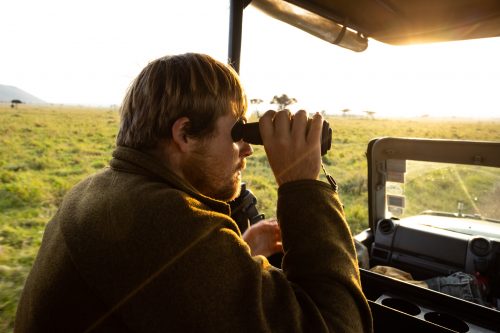
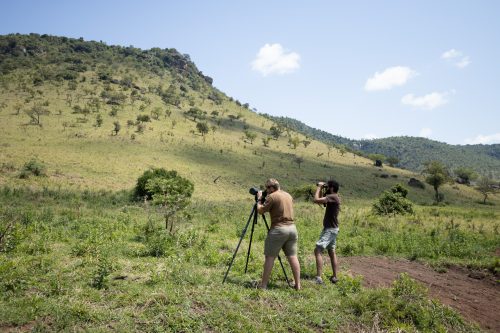
The world record for a Mammal Big Day, held by Charles and Lara Foley, Brenden Simonson, and Phil Bowen, was set in February 2019 in the greater Tarangire ecosystem in Tanzania. At 64 species, this was always going to be a challenge to get close to, or beat, and although this wasn’t our primary goal, bagging 65 or more was an exciting prospect.
At 00:00, we emerged onto the front deck of our tent at Ngare Serian in Mara North Conservancy. We gazed upwards and spotted the first species of the day, a vervet monkey fast asleep in an elephant pepper tree in front of the tent.
Most of the day went by in a blur as we raced around the Greater Mara ecosystem and beyond searching for any mammal that would grace us with their presence. In the wee hours of the morning, Mara North Conservancy provided us with a zorillo and a mother cheetah with her three cubs.
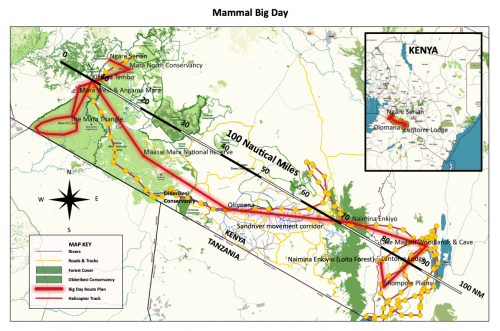
At dawn, we were joined by Adam Bannister and Robert Kiprotich from Angama, and during our morning in the Mara Triangle, we tracked down everything from free-tailed bats to elephants. Our time in the Triangle culminated in finding tree hyrax, red-tailed monkey, blue monkey, dwarf mongoose, and red-legged sun squirrel in the forests around Kichwa Tembo.
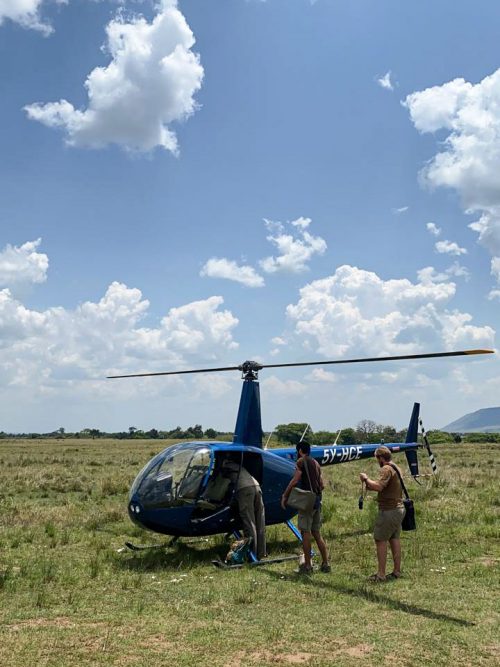
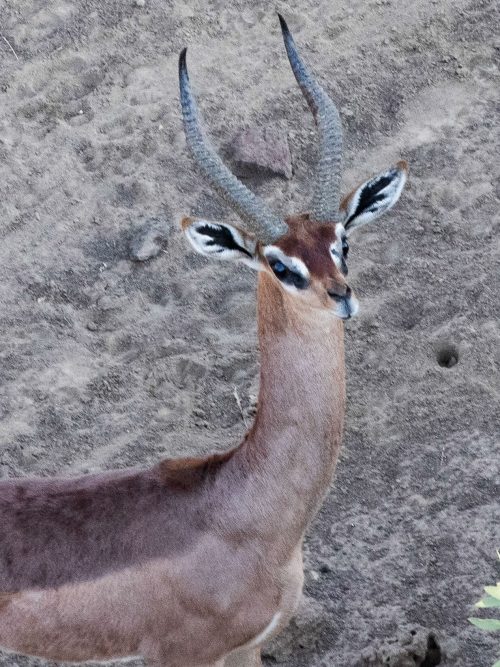
Just after 13:00, we met Mara Elephant Project Marc Goss in his Robinson R44 Helicopter. At this point, we were sitting at 48 species and were frantically computing what combination of unseen species would take us over the magical number of 64 – the record was in reach! Our newfound rotor blades allowed us to race across the Mara, over the Nguruman Escarpment and down into the Rift Valley below. From the air, we picked up a few new species including klipspringer, guereza, black and white colobus and gerenuk.
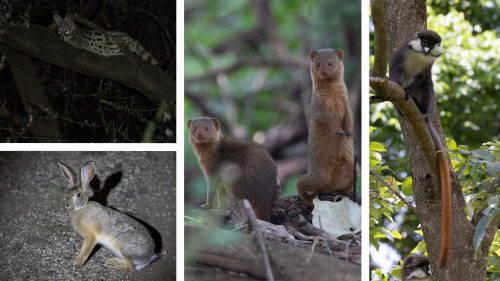
At around 17:00, we landed at Lentorre Lodge in Olkirimatian Conservancy, which sits on a little promontory at the base of the Nguruman Escarpment. We spent the remaining hours of the day running around this spectacular wilderness picking up species like Egyptian tomb bat, unstriped ground squirrel, serval and African wild cat.
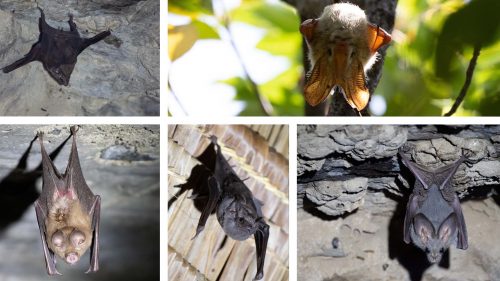
As the clock struck midnight, we gave each other a sleepy high-five. We weren’t exactly sure what our grand total was, but it was tantalizingly close to the world record. We needed to send off some images and bat recordings to experts for identification, so we tried to put any thoughts of breaking the record out of our minds. It was time for some well-earned sleep.
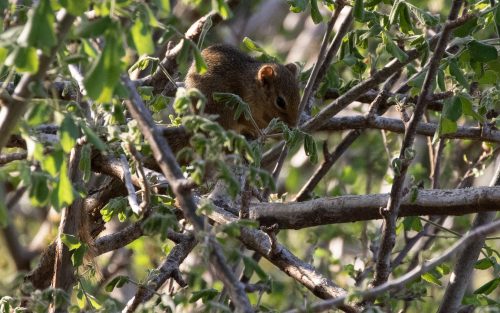
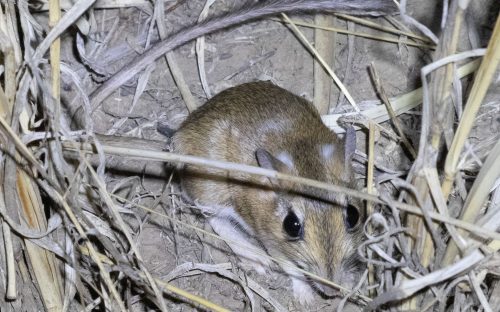
A few weeks later, the experts helped us finalise our rodent and bat identifications and the list settled at no less than 66 species … A new Mammal Big Day world record!
While this result was extremely satisfying and is testament to the incredible biodiversity this landscape holds, we still felt like we had missed so many species.
So now the big question is: how many mammal species are possible in this incredible conservation landscape in 24 hours? When you consider what we missed, are 80 mammal species possible in a day? There is only one way to find out. Records are set to be broken.
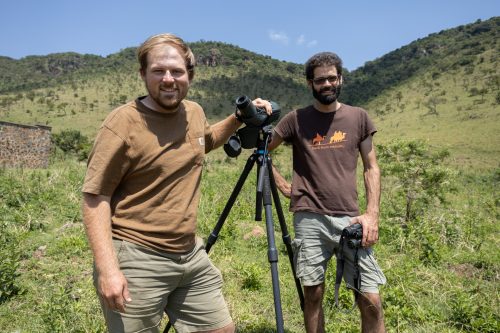
Filed under: The Mara
Subscribe for Weekly Stories
Comments (1):
9 November 2021
Well done guys! It is really awesome to personally know World Record Holders!

Tented Suites